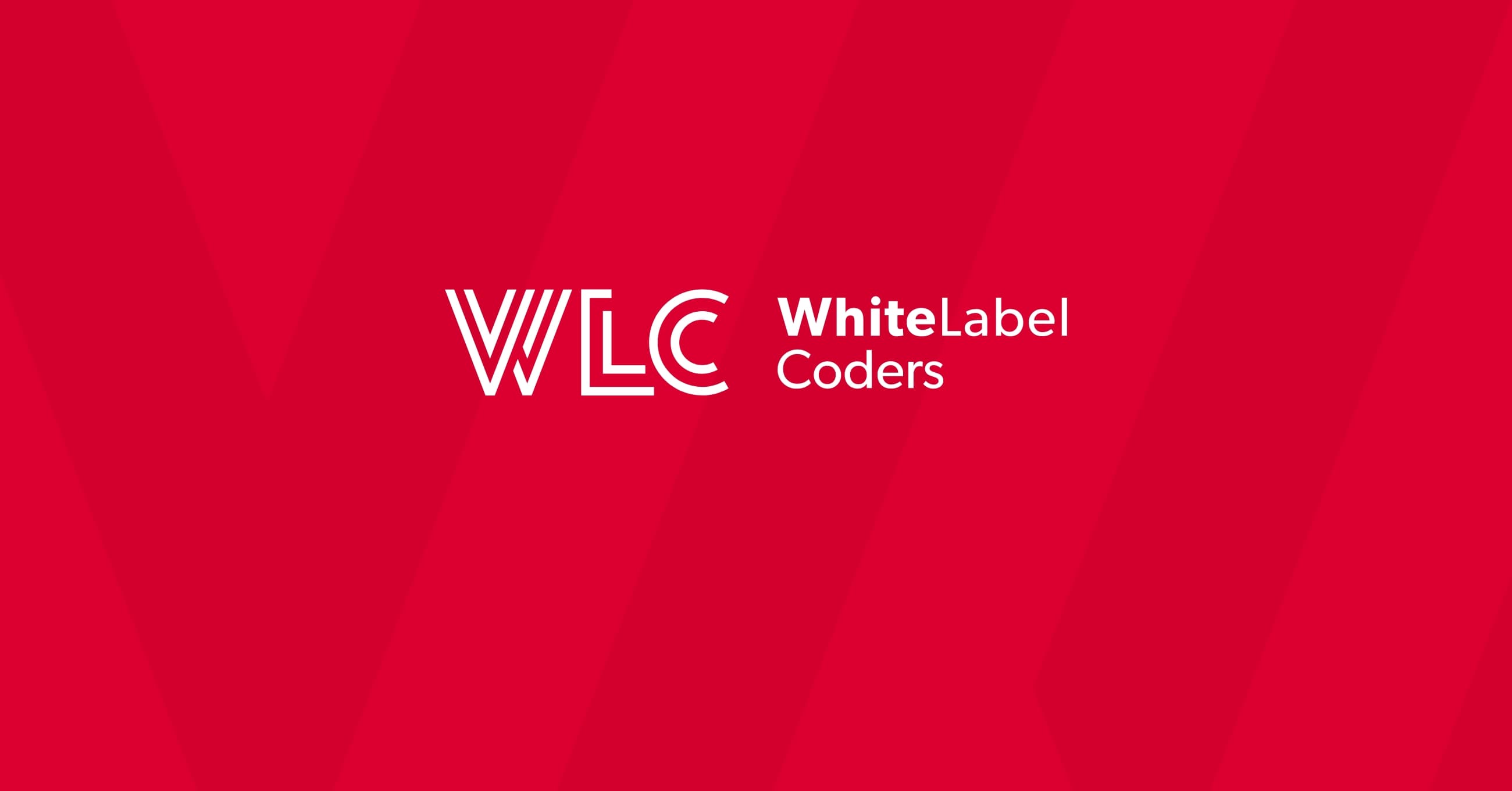Category: SEO AI
Do I need developers to run a trading review site?

You don’t strictly need developers to run a trading review site day-to-day, but you’ll likely need them for initial setup and major updates. Modern WordPress tools and block editors let content teams manage most daily tasks independently, like publishing reviews and updating broker information. The real question is whether your site architecture supports this autonomy or keeps you constantly dependent on technical help.
What does it actually mean to ‘run’ a trading review site?
Running a trading review site involves daily content updates, broker data maintenance, comparison table adjustments, promotional changes, and regulatory compliance monitoring. You’re constantly publishing new reviews, updating spreads and fees, adjusting rankings based on current offers, and ensuring everything reflects the latest market conditions. This differs completely from building a site from scratch, which requires technical architecture decisions.
Most daily operations shouldn’t need developers. Writing broker reviews, updating comparison tables, publishing educational content, and managing promotional banners are content tasks. However, many trading affiliate websites are built in ways that make even simple updates require developer intervention because data is hardcoded into templates or pages lack proper editing tools.
The distinction matters enormously. If changing a broker’s spread across twenty pages requires editing code or waiting for a developer, you’re not truly running your trading review site independently. You’re managing content within constraints imposed by poor architecture. Proper setup means content teams handle daily operations whilst developers focus on genuine technical improvements like API integrations or performance optimization.
Can you launch a trading affiliate site without hiring developers?
You can launch a basic trading affiliate website using WordPress page builders, pre-built trading themes, and plugins without hiring developers. Platforms like Elementor or Divi let you create broker comparison pages visually. Several WordPress themes specifically target trading affiliates with built-in review templates and comparison table features that work reasonably well for simple sites.
The limitation appears when you need custom functionality. Pre-built solutions handle standard layouts and basic comparison tables, but they struggle with broker API integrations, real-time data feeds, complex filtering systems, or scalable data architecture. You might successfully create a ten-broker comparison site using templates, but managing hundreds of brokers with constantly changing data becomes unmanageable without proper technical foundation.
No-code approaches work for testing concepts or running small affiliate operations. If you’re reviewing five to ten brokers and updating information manually each week, page builders suffice. Once you’re managing dozens of brokers, multiple markets, regulatory variations across countries, and real-time pricing data, the DIY approach collapses under its own weight. That’s when technical expertise becomes necessary rather than optional.
What happens when your trading site outgrows basic WordPress tools?
Growth brings predictable technical challenges that basic WordPress tools can’t handle. Your site slows down as traffic increases, Core Web Vitals scores drop, manual data updates consume entire days, and you’re constantly fixing inconsistencies across pages. Performance bottlenecks appear when you’re running heavy page builders on content-rich pages with comparison tables and live widgets.
Warning signs include pages taking longer to load, Google Search Console showing Core Web Vitals issues, bounce rates increasing, and your team spending more time on maintenance than content creation. When updating a single broker’s commission structure requires editing thirty individual pages, you’ve hit the scalability wall. When your site crashes during high-traffic periods or loads slowly in key markets, you’re losing commissions to faster competitors.
Delaying technical improvements costs real money. Poor WordPress trading site performance means lower search rankings, fewer conversions, and frustrated users who leave for faster comparison platforms. The longer you wait, the more technical debt accumulates. Fixing a poorly architected site with hundreds of pages is significantly harder than building proper foundations early. Many trading affiliates lose months of potential revenue whilst struggling with architectural problems that proper development would have prevented.
How does a block-based WordPress system reduce developer dependency?
Modern block editors like Gutenberg and Full Site Editing let non-technical teams build and update pages using pre-designed components. Instead of coding or waiting for developers, content teams drag and drop purpose-built blocks for broker comparisons, fee tables, review templates, and rating systems. Each block maintains consistent styling and functionality whilst allowing content customization.
Custom block libraries designed for trading affiliates transform daily workflows. Imagine having a “Broker Comparison Block” that pulls data automatically, a “Fee Table Block” that updates from your central database, and a “Review Template Block” that ensures every broker review follows the same structure. Your content team creates new comparison pages in minutes rather than hours, without touching code or submitting developer tickets.
The architecture matters more than the tools. Properly built block editor for trading sites systems separate content from data and presentation from functionality. Content teams focus on what they do best—creating helpful comparisons and reviews—whilst the underlying system handles technical concerns like data consistency, performance optimization, and mobile responsiveness. This isn’t about eliminating developers; it’s about letting them focus on genuine technical challenges rather than routine content updates.
What’s the difference between managing content and managing data on trading sites?
Content management involves writing reviews, creating educational articles, and publishing broker guides. Data management handles broker spreads, fees, regulations, promotions, minimum deposits, and real-time pricing information. Trading affiliate websites are fundamentally data-intensive operations where accurate, current information determines credibility and conversion rates. Mixing these concerns creates maintenance nightmares.
The problem with traditional approaches is hardcoding data into individual pages. When a broker’s spread is typed directly into twenty different comparison pages, updating that spread requires editing twenty pages manually. Miss one, and you’re showing inconsistent information that damages trust. Multiply this across dozens of brokers and hundreds of data points, and updates become impossible to manage accurately.
A Trading Data Center approach changes everything. You update broker information once in a central database, and changes propagate automatically across every page displaying that data. Change a broker’s minimum deposit in one place, and it updates instantly on comparison tables, review pages, and promotional banners sitewide. This separation lets non-developers manage complex data without coding whilst ensuring consistency and accuracy across your entire trading review site.
Who should handle broker API integrations and live data feeds?
Broker API integrations, real-time price feeds, and live chart implementations require developer expertise for initial setup. These integrations involve authentication protocols, data parsing, error handling, rate limiting, and performance optimization that non-technical teams can’t reasonably manage. The technical complexity of connecting to external data sources and displaying information reliably demands proper development skills.
However, integrations should be designed for non-technical maintenance afterwards. Developers build the connection infrastructure, but content teams should be able to update API credentials, toggle data sources on and off, adjust refresh intervals, and troubleshoot common issues through user-friendly interfaces. The goal is technical setup that enables operational independence.
The balance works like this: developers create robust integration frameworks with proper error handling and fallback systems. They build admin interfaces where your team manages connections without touching code. When a broker updates their API endpoint, your team changes the URL in a settings panel rather than editing configuration files. This approach provides the reliability of professional development whilst maintaining the flexibility your trading affiliate website operations demand.
How do successful trading affiliates structure their teams?
Successful trading affiliates match team structure to operational scale. Solo operators and small teams benefit most from user-friendly tools that minimize technical dependency. Mid-sized operations typically have content specialists and one technical person who handles integrations and maintenance. Large portals run dedicated development teams alongside content, SEO, and data management specialists.
The roles genuinely needing technical skills are infrastructure management, API integrations, performance optimization, and custom functionality development. Content creation, broker research, comparison updates, and promotional management benefit from technical tools but don’t require coding skills. The mistake many affiliates make is structuring workflows where content teams constantly wait for developers to handle routine updates.
Deciding between in-house developers and specialized agencies depends on your scale and technical complexity. In-house developers make sense when you’re constantly building new features and need immediate technical support. Specialized agencies work better for most trading affiliates because they bring specific expertise in trading site architecture, WordPress optimization, and affiliate platform requirements without the overhead of full-time technical staff. The key is building systems that maximize your content team’s autonomy whilst maintaining technical quality and site performance that drives conversions. Understanding how to work with an outsourcing company can make this collaboration more effective.
Running a trading review site without constant developer dependency is entirely possible with proper architecture. Modern WordPress systems, block-based editing, and centralized data management let content teams operate independently for daily tasks whilst developers focus on genuine technical improvements. The investment in proper foundations pays for itself through faster operations, better content output, and significantly reduced frustration across your team.

